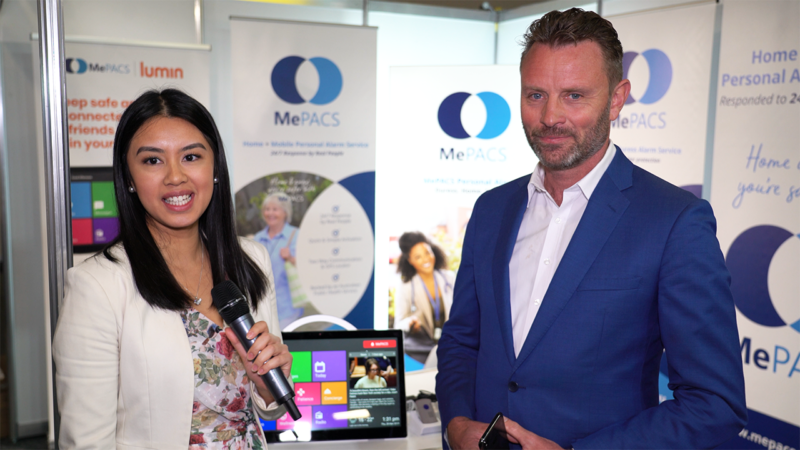INTERVENTIONAL AND STRUCTURAL CARDIOLOGIST BROADENS HOBART’S SURGICAL ABILITIES Tasmanian born, bred and educated cardiologist
With
Dr Heath Adams,
Interventional and Structural Cardiologist
Director of Structural Intervention, Royal Hobart Hospital &
Visiting Medical Officer (VMO) Cardiologist
Hobart Private Hospital &
Adjunct Senior Researcher
Menzies Institute for Medical Research,
University of Tasmania
PEOPLE IN HEATH CARE | AUSTRALIAN HEATH JOURNAL SEGMENT
Filmed in Hobart | March 2025
Dr Heath Adams is a Tasmanian born, bred and educated interventional and structural cardiologist who works at Hobart Private and Royal Hobart Hospital and is a researcher through the Menzies Research Institute.
Dr Adams clinical interest and expertise is in the management of aortic stenosis, valvular heart disease and acute coronary syndromes. Dr Adams performs coronary interventions including stenting, and structural heart interventions including TAVI, mitral edge to edge repair, mitral valve replacement and left atrial appendage closure. In 2020, Heath performed the first TAVI in Tasmania, is the clinical lead for the local program at the Royal Hobart Hospital and is a nationally accredited TAVI practitioner.
Dr Adams achieved First Class Honours in MBBS at UTAS in 2009. He achieved a Fellowship of the Royal College of Physicians in Adult Cardiology in 2016 after training appointments in Victoria. In 2019, he was the structural heart fellow at St Thomas’ Hospital, London, a worldwide centre of excellence in TAVI and structural heart procedures. This fellowship was supported by the prestigious Dr MG Ciezar Memorial Scholarship in cardiovascular medicine from the University of Tasmania.
Dr Adams has published over 50 manuscripts and abstracts in peer-reviewed journals and has been involved in authoring educational book chapters on TAVI. His current research involves streamlined TAVI, assessing frailty outcomes post valve intervention and performing large-scale real-world outcomes with new structural heart interventions. Dr Adams is a clinical supervisor for trainee physicians at the Royal Hobart Hospital, is a member of the CSANZ Interventional Council.
Heath is passionate about clinical innovation, research and patient outcomes. In his free time, Heath enjoys bushwalking, running, cycling and trying to better his golf game whilst being a busy father to 3 children under the age of 6.
Source: supplied and supplemented
You Might also like
-
Challenges of delivering a person centred palliative care model
In this Op-Ed piece GP, Dr Paresh Dawda who has patients in palliative care, and palliative care nurse practitioner Nikki Johnston OAM talk about the issues that need be addressed in the Australian health system to support patients with complex care needs.
-
Australian Healthcare Week 2019: Pitch Fest Finalist Lumin
Startup company Lumin was a Pitch Fest Finalist at last week’s Australian Healthcare Week Expo in Sydney. The Lumin platform is used in aged care where loneliness and isolation can be a trigger for stroke and dementia. Lumin helps the connection to care providers, family members and duress monitoring services in a device that has been designed for those with dementia, vision impairment or find complex devices difficult to use.
Managing Director and Co-Founder Paul Wilson spoke at the Mepacs booth with Anne Dao from Australian Health Journal about the market they target and the design of the user experience, including the remote servicing and monitoring. The integration allows the monitoring team in the call centre see and hear the personal raising the alarm. Mepacs is a provider of personal duress alarms and have teamed up with Lumin.
Post Views:
1,674 -
Impact of genetic pathologist role across medicine
Dr Marina Berbic is a genetic pathologist and the Deputy Director of Genetics at Douglass Hanly Moir Pathology – a laboratory based in Sydney and part of Sonic Healthcare. The genetics department at Douglass Hanly Moir offers a wider array of genetic tests across many domains, and the medical leadership model ensures the highest possible standard of care and commitment to patient safety.



